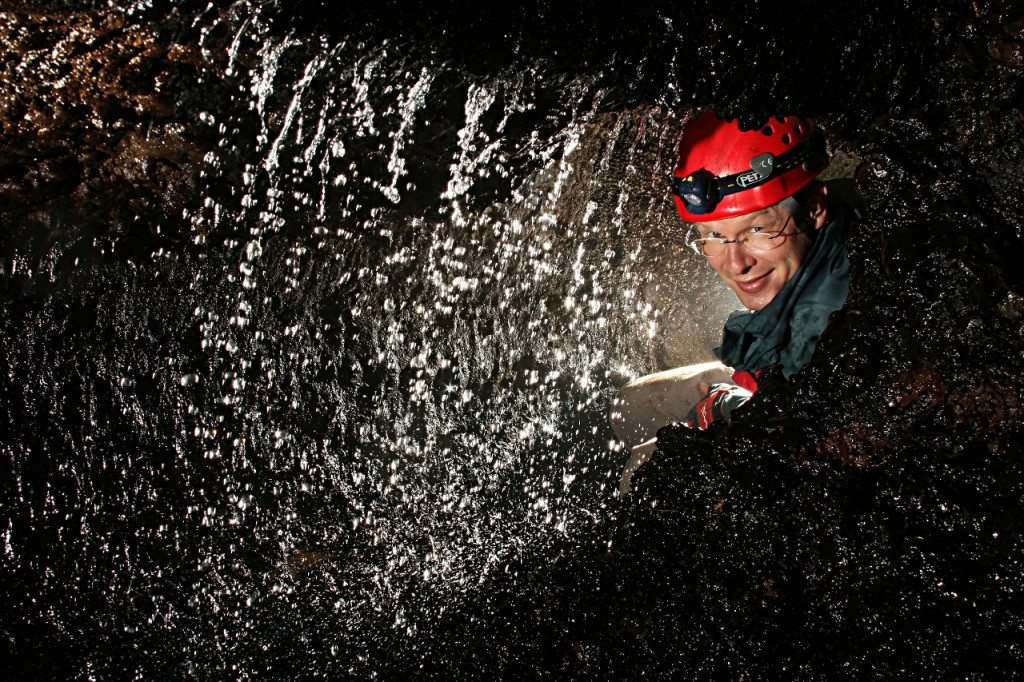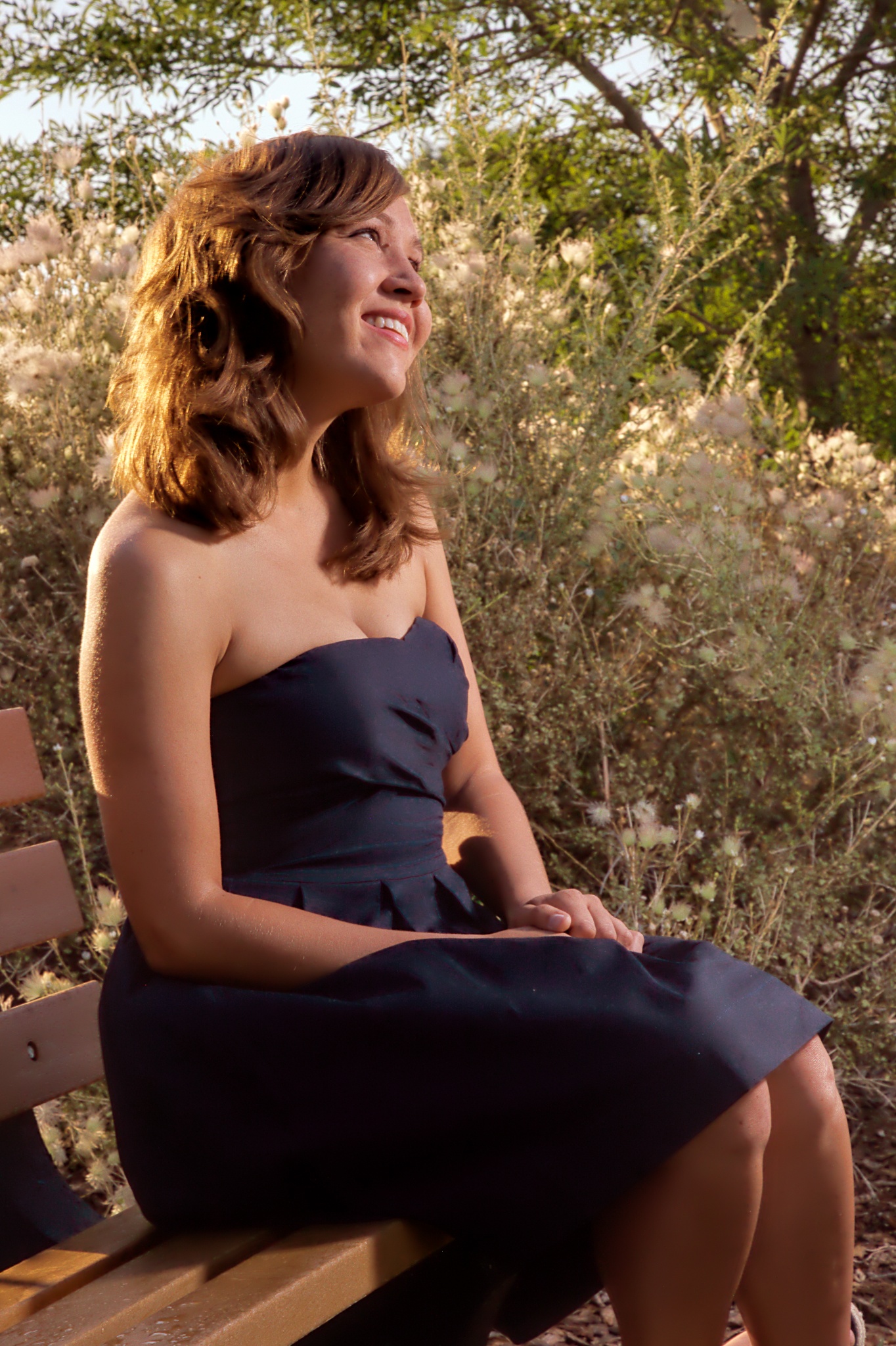One of the most baffling questions I get when someone looks at one of my photos is, “What type of camera do you use?”. To me, this question is akin to asking a painter what brand of brushes they used when painting or asking a writer what brand of computer they use when writing. It is true that I use a professional-level camera with high-quality lenses. However, several companies make cameras that I could use to produce my images. The fact that I am using Canon is based on a decision I made several years ago. One you invest in a camera system, you are pretty much stuck there unless you are willing to take a financial hit selling it all to change brands. From my perspective, Nikon makes equally good cameras, and, had things been different several years ago, I might have been using them today.
Returning to the topic of this post, I want to point out that the camera, while important for taking photos, is but a small part of the whole process. I choose when to push the shutter. Before or after, and the photo would have been different. While I do consult with the camera, I am the one who chooses the exposure. After all, the camera wants to make things 18% gray. If I am taking photos of snow, it needs to be white. Shadows and lava need to be dark. I choose whether or not to use fill flash. I choose what depth-of-field I want. I choose if Iwant motion blur or if I want to stop the motion. I choose the framing for the photo. If I am taking a photo of a person, I normally choose a pose that shows what Iwant about the person in the photo. I also use supplemental lighting, again to show what I want to show in the final picture. While I try really hard to get the photo to be correct in the camera, but most photos get at least minor editing to, for example, bring up detail in the shadows if that is what I want the photo to show..
What all of this means is that my camera is the tool I use to produce the photos. So, next time you see me, instead of asking about my camera, ask me something about the photo.
Here is a photo I took in a lava cave in the Azores. I had a slaved flash firing from behind Airidas to light the water, and another slaved flash lighting his face. The camera did not place the flashes, although it did fire them simultaneously. Also, I took this photo in manual mode, which means I selected ISO 200, 1/250s shutter and f11 aperture. The camera I was using was a Canon 40D with a Canon EF 28-135mm lens set on 28mm (another decision I made, not the camera).


